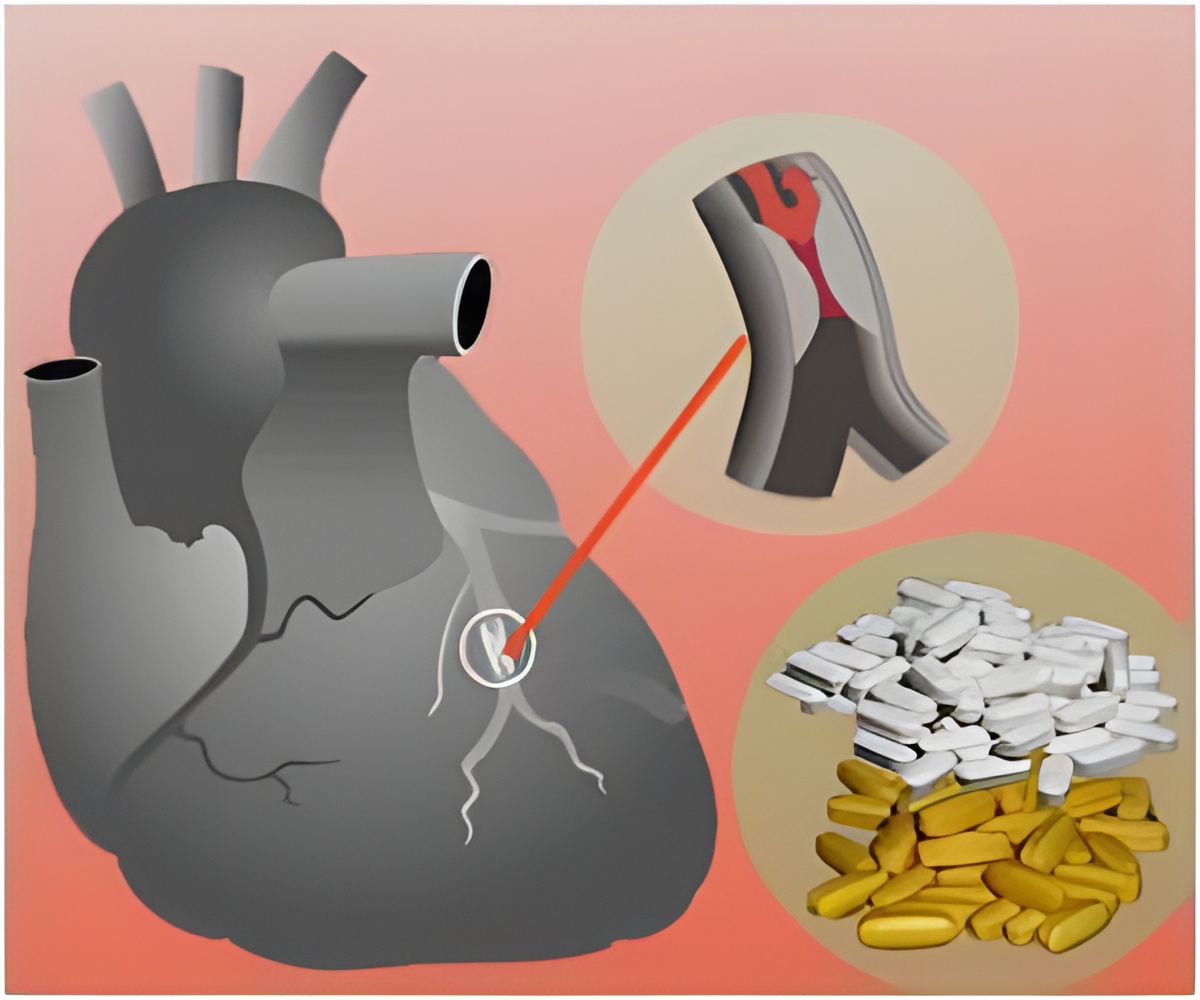Animal study showed that a targeted, nanoparticle gelatin-based clot-busting treatment dissolved significantly more blood clots than a currently used drug

"When tPA is mixed with gelatin and administered in the form of nanoparticles, it reduces tPA activity. Inactivation of tPA during circulation is very important to reduce bleeding complications," said Yoshihiko Saito, M.D., senior author and professor and cardiologist at Nara Medical University in Kashihara, Japan.
This gelatin-based drug-delivery system could potentially treat patients with chest pain en route to the hospital via ambulance.
Traditionally, tPA is administered in the hospital, injected through a vein in the arm or a catheter inserted into the groin and guided directly into the blocked vessel.
Prompt clot-busting therapy, or thrombolysis, restores blood flow to the heart and can often prevent death. When a clot completely blocks a blood vessel, the recommended treatment is emergency angioplasty, when a tiny metal mesh tube is inserted into the artery to prop it open. However, about half of the patients who die from acute coronary syndrome do not reach the hospital in time to receive appropriate therapy.
"This drug delivery system aims to quickly restore blood flow. Restoring blood flow reduces tissue damage and improves the prognosis," Saito said.
Advertisement
Tracking the drug using radioactive tPA, scientists analyzed blood clots in animals and found three times more nanoparticle tPA than regular isolated tPA. Thirty minutes after administerting drugs in a different animal model, blood flow was partially or completed restored in:
- 10 percent with tPA alone;
- 40 percent with tPA and ultrasound; and
- 90 percent with drug-delivery system of tPA /nanoparticle and ultrasound.
Advertisement
Source-Eurekalert








